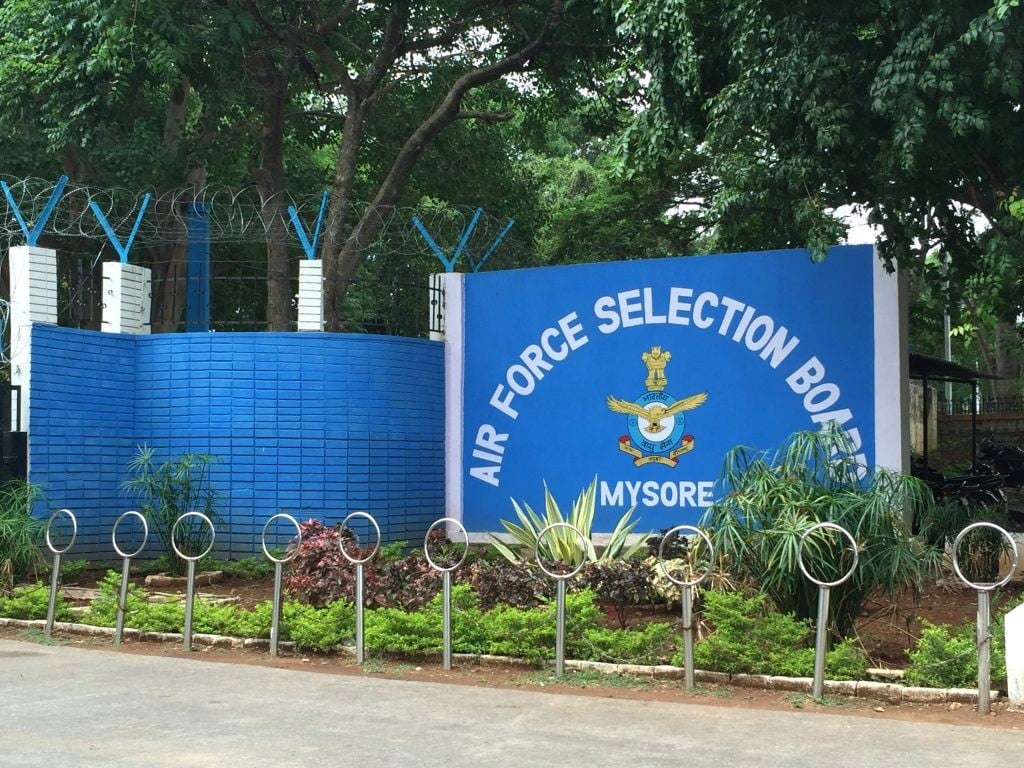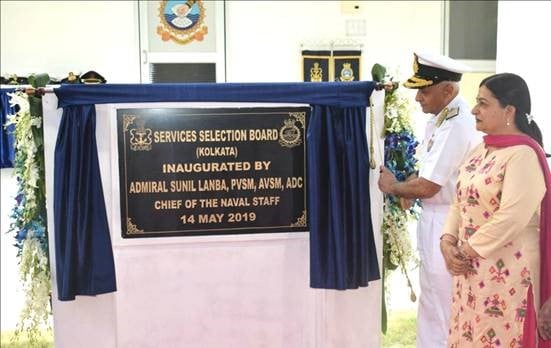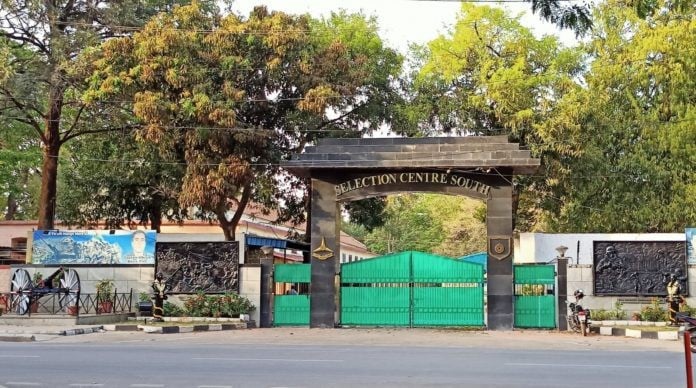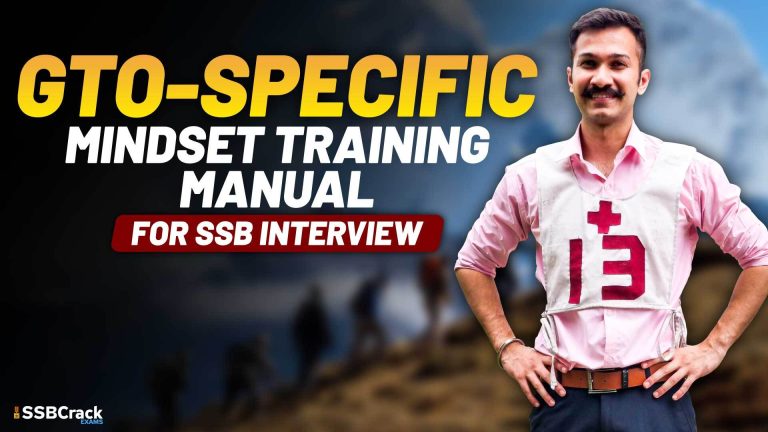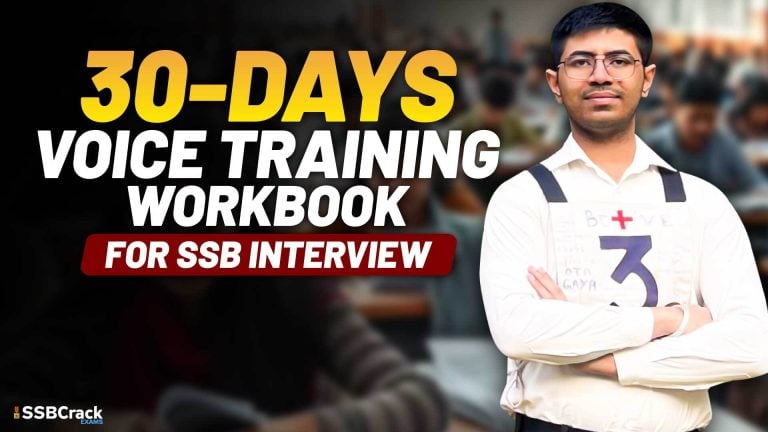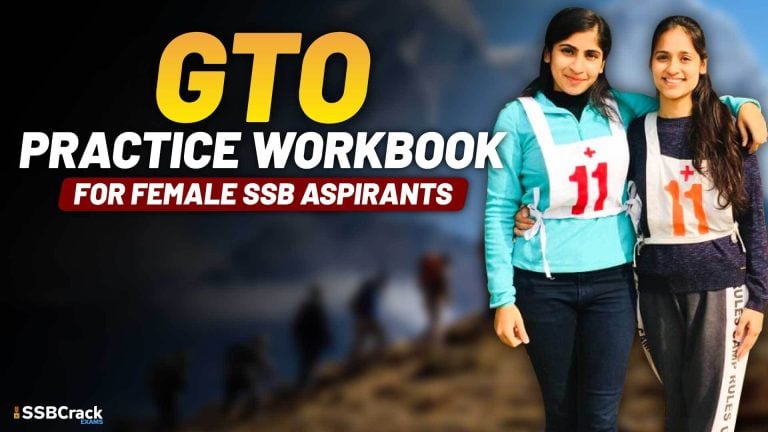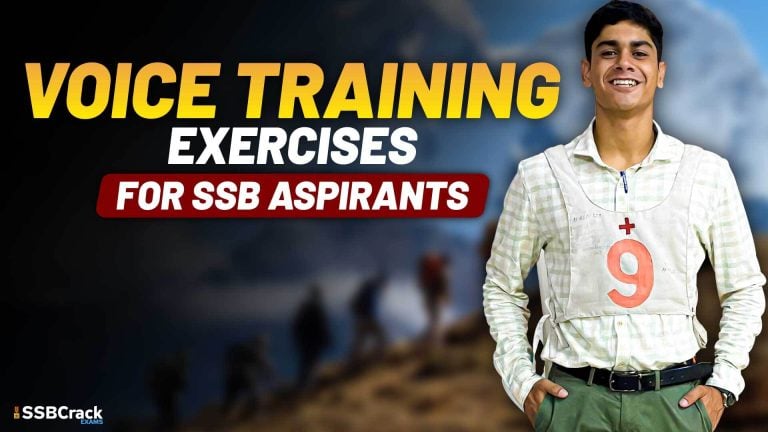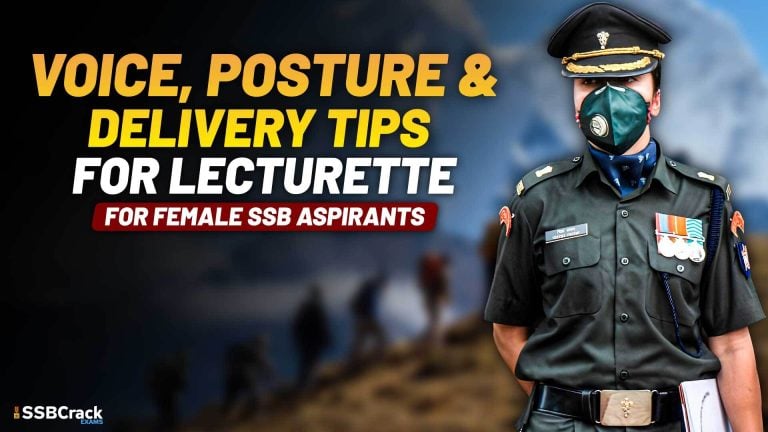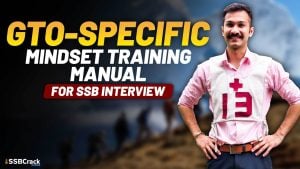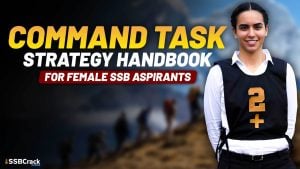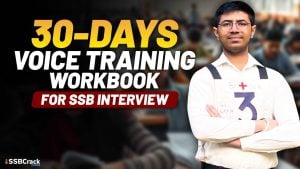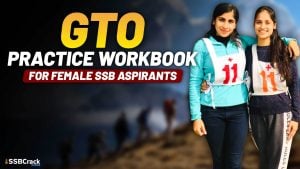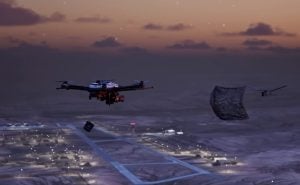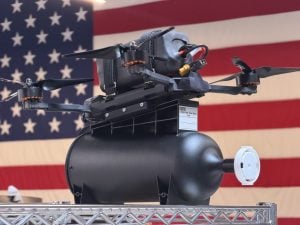Navigating the complex landscape of defense services in India can be a daunting task for aspiring candidates. Two of the most prominent selection processes are the Air Force Selection Board (AFSB) and the Services Selection Board (SSB) interviews. While both aim to assess the suitability of applicants for the armed forces, there are distinct differences between these two crucial stages of the recruitment journey.
Understanding these Key Differences Between AFSB and SSB Interviews is essential for candidates to strategize their preparation and increase their chances of success.
Also Read | 10 Essential Skills Indian Armed Forces Want from New Officers
Overview of AFSB and SSB Interviews
The AFSB and SSB interviews are the culmination of a rigorous selection process for individuals seeking to join the Indian Air Force and the Indian Army, Navy, or Air Force, respectively. Both assessments are designed to evaluate a candidate’s physical, mental, and psychological aptitude, as well as their leadership potential and problem-solving abilities.
Eligibility Criteria
The eligibility criteria for AFSB and SSB interviews vary based on the specific entry scheme and the arm of the armed forces. Candidates must carefully review the requirements set by the respective recruitment authorities to ensure they meet the necessary qualifications.
Selection Process
The selection process for AFSB and SSB interviews involves multiple stages, including written tests, physical fitness assessments, and a series of interviews and group activities. The order and emphasis of these stages may differ between the two selection boards.
AFSB Interview Structure
The AFSB interview process typically consists of the following stages:
- Psychological Tests: Candidates undergo a battery of psychological assessments, including intelligence tests, personality tests, and aptitude tests.
- Group Tasks: Candidates are evaluated through group activities, such as group discussions and group problem-solving exercises.
- Personal Interview: Candidates face a one-on-one interview with a panel of experienced officers, who assess their communication skills, decision-making abilities, and overall suitability for the Indian Air Force.
- Conference: The final stage of the AFSB interview involves a conference where the selection board members discuss and evaluate the candidates’ performance across all the assessments.
SSB Interview Structure
The SSB interview process generally includes the following stages:
- Officer Intelligence Rating (OIR) Test: Candidates undergo a written test to assess their cognitive abilities and problem-solving skills.
- Picture Perception and Description Test (PPDT): Candidates are required to perceive and describe a given picture, which helps the selectors evaluate their observation skills and communication abilities.
- Group Discussion: Candidates participate in group discussions, where their leadership qualities, teamwork skills, and decision-making abilities are assessed.
- Interview: Candidates face a personal interview with a panel of officers, who evaluate their personality, motivation, and suitability for the armed forces.
- Psychological Tests: Candidates undergo a series of psychological assessments, including tests for intelligence, personality, and emotional stability.
- Conference: The final stage of the SSB interview involves a conference where the selection board members discuss and evaluate the candidates’ performance across all the assessments.
Also Read | 5 Simple Strategies for Handling Career Failures
Key Differences Between AFSB and SSB Interviews
- Specialization: The AFSB interview is specifically designed for candidates seeking to join the Indian Air Force, while the SSB interview is a more comprehensive assessment for the Indian Army, Navy, and Air Force.
- Emphasis on Technical Knowledge: The AFSB interview places a greater emphasis on technical knowledge and aviation-specific skills, whereas the SSB interview focuses more on general aptitude and leadership qualities.
- Physical Fitness Requirements: The AFSB interview has stricter physical fitness requirements, as candidates are evaluated for their suitability to handle the demanding nature of air force operations. The SSB interview, on the other hand, has a more balanced approach to physical fitness assessments.
- Interview Duration: The AFSB interview typically lasts for 2-3 days, while the SSB interview is a more extensive process, spanning 4-5 days.
- Psychological Assessments: Both the AFSB and SSB interviews include comprehensive psychological assessments, but the specific tests and their weightage may differ between the two selection boards.
- Availability of Entry Schemes: The AFSB interview caters to a limited number of entry schemes, such as the Flying Branch and the Technical Branch, while the SSB interview offers a wider range of entry schemes, including the Army, Navy, and Air Force.
- Selection Rates: Historically, the selection rates for the AFSB interview have been lower compared to the SSB interview, reflecting the highly competitive nature of the Indian Air Force recruitment process.
Tabular Comparison of AFSB and SSB Interviews
| Criteria | AFSB Interview | SSB Interview |
|---|---|---|
| Specialization | Focused on the Indian Air Force | Comprehensive for the Indian Army, Navy, and Air Force |
| Technical Knowledge Emphasis | Higher emphasis on technical and aviation-specific skills | Lower emphasis on technical knowledge, more focus on general aptitude |
| Physical Fitness Requirements | Stricter physical fitness assessments | More balanced approach to physical fitness assessments |
| Interview Duration | 2-3 days | 4-5 days |
| Psychological Assessments | Comprehensive psychological evaluations | Comprehensive psychological evaluations |
| Entry Schemes Availability | Limited to specific entry schemes (e.g., Flying Branch, Technical Branch) | Wider range of entry schemes (Army, Navy, Air Force) |
| Selection Rates | Historically lower selection rates | Historically higher selection rates |
Also Read | How To Make a Great Impression: Gentleman Style
Conclusion
The AFSB and SSB interviews are pivotal stages in the journey of aspiring defense personnel in India. While both assessments share the common goal of identifying the most suitable candidates, the nuances in their selection processes, emphasis, and focus areas can significantly impact a candidate’s preparation and performance. By understanding these key differences, defense aspirants can tailor their strategies, enhance their chances of success, and take a step closer to realizing their dream of serving the nation with pride and distinction.
FAQs
1. What are the differences between SSB and AFSB?
The Service Selection Board (SSB) conducts interviews for candidates aspiring to join the Indian Army and Navy, while the Air Force Selection Board (AFSB) conducts interviews for Air Force aspirants.
2. Can I clear AFSB without coaching?
Many candidates believe they can clear the SSB with just bookish knowledge and hearsay, without any assistance. While this might work for some naturally gifted individuals, it is still advisable for candidates to undergo proper coaching to prepare for their upcoming SSB interview.
3. Is there any physical test in AFSB?
Candidates are advised to be physically fit when reporting for SSB to undergo various tests at AFSB. You should aim to be able to run 1 mile (1.6 km) in 10 minutes, complete 10 push-ups, and do 3 chin-ups.
4. How many marks are required to clear AFSB?
Approximately 10,000 candidates are chosen for the AFSB test based on their performance in the online exam. Final selection is determined by performance in both the AFCAT and the AFSB interview. To pass the AFCAT exam, candidates need to score between 140 and 190 out of 300, which is considered a good score.
5. What is the age limit for AFSB?
For the Flying Branch, candidates must be between 20 and 24 years old as of July 1, 2024, and should have passed Mathematics and Physics with at least 50% marks, as well as hold a university degree of at least three years with 60% marks. For the Technical and Ground Duty Branch, the age requirement is 20 to 26 years as of the same date.

